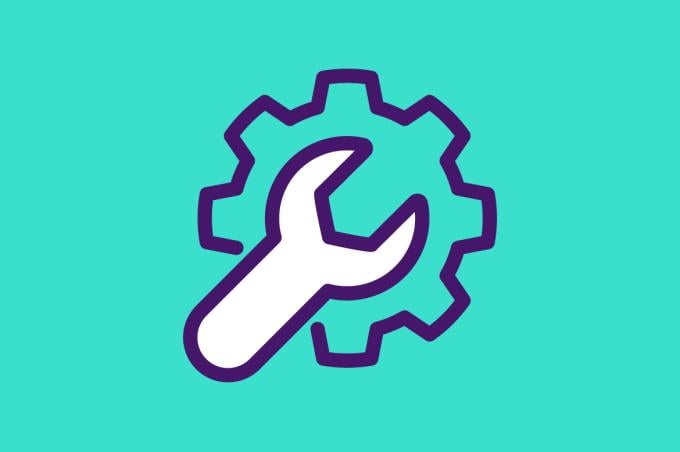It’s been nearly a decade since the Merit-based Incentive Payment System (MIPS) made its debut and hard data show that it’s just not working for patients or physicians.
As part of its work leading the charge to reform the Medicare payment system, the AMA has proposed a new, budget-neutral incentive payment system that every state medical society and more than 100 national specialty societies (PDF) have endorsed. It is called the “Data-Driven Performance Payment System.”
Read on to learn about three ways (PDF) the new system would help physicians.
Better for small, rural, safety-net practices
These types of physician practices would see substantially lower penalties that they now experience under MIPS. The Data-Driven Performance Payment System would:
- Eliminate the win-lose tournament model in MIPS and reduce the maximum penalty from negative 9% to one-half of a physician’s annual payment update. The annual update would be 0.25% under current law or the increase in the Medicare Economic Index (MEI) if the Strengthening Medicare for Patients and Providers Act is reintroduced in the 119th Congress and passes. That approach is similar to other Medicare programs, such as the Hospital Inpatient Quality Reporting Program.
- Reinvest excess penalties in quality improvement and alternative payment model readiness by helping under-resourced practices with their value-based care transformation.
- Freeze the performance threshold at 60 points for at least three years to reduce penalties as physician practices continue to recover from the COVID-19 public health emergency and the Change Healthcare data breach.
Lower burdens for physician practices
Among other things, the AMA-proposed payment system would:
- Provide for much needed flexibilities, such as through streamlined reporting requirements and recognize quality efforts that span the four existing performance categories.
- Allow physicians to meet the health IT requirements by answering “yes or no” as to whether they use certified electronic health record technology, participate in a clinical data registry, other less burdensome means. If a practice participated in a qualifying registry, it would automatically count toward fulfilling improvement activities.
- Align with other Medicare value-based programs, giving physicians the opportunity to be measured on the care they provide in hospitals and other settings without having to report duplicative data.
More relevant, accurate measures
Under the Data-Driven Performance Payment System, physicians and patients would see performance, cost and quality measures that are more clinically relevant and accurate.
The AMA proposal would:
- Give the Centers for Medicare & Medicaid Services (CMS) incentives to fulfill its statutory obligations to share data on a quarterly basis, allowing physicians to improve performance on quality and cost measures.
- Do a better job of addressing cost variability that a physician can influence by replacing broad, problematic cost measures with more targeted, episode-based cost measures.
- Give physicians pay-for-reporting credit for three years if they report new or significantly revised quality measures, increasing the incentive to report on new quality measurers and improving the data’s accuracy.
Where we go from here
Last year, the AMA began introducing the proposal—dubbed DPPS for short—to physicians and lawmakers. That included outlining the proposal in comments (PDF) to a Senate Finance Committee request for information on Medicare, as well as in comments (PDF) on the proposed 2025 Medicare physician payment schedule.
This year, the AMA will continue to educate congressional leaders and committee members about the proposed changes, with the goal of getting a bill introduced. Congress would need to pass a bill with the DPPS proposals to make them a reality for physicians.
MIPS of course is only one part of the problem with Medicare physician payment, which has fallen by 33% since 2001 after accounting for practice-cost inflation and this year will see the fifth straight year of cuts after Congress failed to stop the 2.83% across-the-board reduction set for 2025. That’s why fixing Medicare now is the AMA’s top advocacy priority.
The AMA supports the bipartisan Strengthening Medicare for Patients Providers Act. That measure would give physicians with an annual Medicare payment update tied to the MEI. The AMA also backs the bipartisan Provider Reimbursement Stability Act, which would reform the Medicare payment schedule budget-neutrality policies by, among other things, requiring CMS to reconcile inaccurate utilization projections based on actual claims and prospectively revise the conversion factor accordingly.
Why MIPS needs to go
While there were good intentions behind MIPS when it began as part of the Medicare Access and CHIP Reauthorization Act (MACRA) of 2015, its reporting requirements are overly burdensome and often appear to be clinically irrelevant. On top of that, the payment system hurts small, rural, and safety net practices.
In 2024, more than 45% of physicians and other eligible clinicians in solo practices were penalized under MIPS, along with 31% of those in small practices and 18% of those in rural practices. By comparison, less than 14% of all eligible physicians and other clinicians were penalized.
According CMS’ 2022 report on the program, nearly 30% of physicians in solo practice got the maximum 9% penalty. The agency’s report also showed that anesthesiology and orthopaedic surgery were among the specialties with the highest proportion of physicians seeing a penalty.
MIPS does not have enough clinically relevant measures for specialists. And in addition to penalizing small and rural practices, MIPS is burdensome and costly. MIPS compliance costs $12,800 annually and requires 202 hours per physician, according to a study published in JAMA Health Forum.
MIPS also fails to measure quality and exacerbates health inequities. A 2022 JAMA study found that physicians providing high quality care but with low MIPS scores tended to cater to a greater number of sicker and lower-income patients.
Explore further with the AMA’s Medicare Basics series, which provides an in-depth look at important aspects of the Medicare physician payment system. With these six straightforward explainers on budget-neutrality rules, MIPS, the MEI and more, policymakers and physician advocates can learn about key elements of the payment system and why they are in need of reform.




